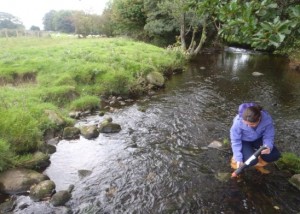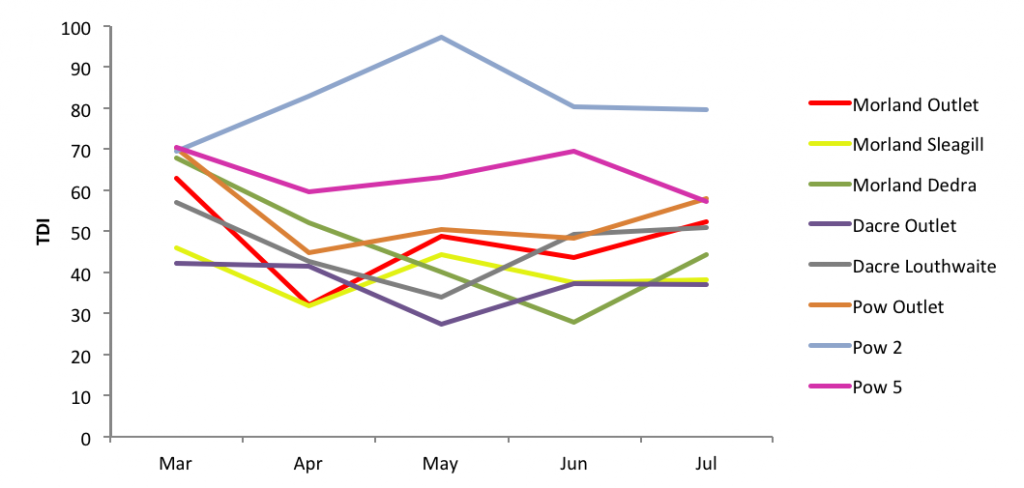Biomonitoring Overview



Understanding how organisms living within streams respond to changes in water quality is a vital part of the Eden DTC project. To track ecological changes, biomonitoring of macroinvertebrates (insects, invertebrates and arthropods seen by the naked eye), higher plants (macrophytes) and diatoms (a type of algae) is being carried out within each of the Eden DTC sub-catchments near to the water quality monitoring stations. Macrophyte surveys are conducted annually, while macroinvertebrate samples are collected three times per year, in spring, summer and autumn.
Particular attention is being paid to the diatom communities within the Eden. Diatoms are a type of freshwater algae that are present within the slimy brown biofilm that covers the surface of rocks in these upland streams. Diatoms are a vital part of the ecosystem and are very sensitive to changes in water quality, such as the concentration of nitrogen and phosphorus within a stream. Being only 0.02mm in length, diatoms are not visible to the naked eye. However, these organisms produce ornate shells made of silica that enables their identification under a microscope.
The composition, abundance and productivity of benthic diatom communities are investigated on a monthly basis. Traditional monitoring methods, such as chlorophyll a analysis (a pigment which organisms need for photosynthesis), are being used alongside new techniques including a portable field fluorometer: the BenthoTorch.
Data
The Trophic Diatom Index (TDI) provides an indication of the nutrient status of streams. The index is calculated based on the nutrient sensitivity of certain indicator species which are found within the benthic diatom assemblage.
The TDI ranges from 0, indicating very nutrient-poor streams, to 100 indicating eutrophic or highly nutrient-rich streams. The graph below shows how the TDI varies in monthly samples collected at 8 monitoring sites from March to July 2011 from within the three EdenDTC subcatchments.
